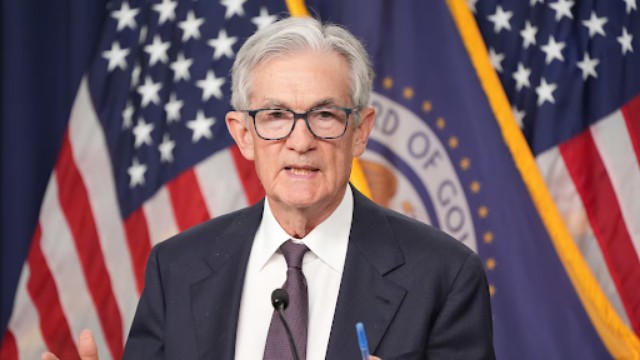
Bank of Canada Governor Tiff Macklem speaks at a press conference in Ottawa on January 29, 2025, after announcing a cut to the key interest rate. (Photo: Patrick Doyle/Reuters)
The Bank of Canada has lowered its key interest rate by 25 basis points, bringing it to 2.75%—the lowest level since September 2022. This marks the seventh consecutive rate cut, as the central bank warns that escalating trade tensions with the U.S. pose a serious threat to the economy.
Governor Tiff Macklem described the trade dispute as “a new crisis,” stating that its economic consequences could be severe. While Canada ended 2024 on a strong economic note, the uncertainty surrounding U.S. tariff policies has already begun to shake consumer and business confidence. Macklem stressed that the unpredictability of U.S. actions makes it difficult for businesses to plan ahead, with potential long-term repercussions.
Uncertainty Clouds Business and Consumer Confidence
A survey conducted by the central bank between late January and February found that many businesses and consumers expect the trade conflict to drive up prices, lower sales, and reduce investments. Senior Deputy Governor Carolyn Rogers noted that business sentiment has worsened sharply, reflecting the widespread concern about rising costs and economic instability.
Despite the uncertainty, Macklem assured that the central bank would act cautiously in making future decisions. He acknowledged that inflationary pressures from higher costs could be offset by weaker consumer demand. However, he also warned that monetary policy alone cannot neutralize the full impact of a trade war.
Will Interest Rates Drop Again?
Experts are divided on whether another rate cut will happen in April. Royce Mendes, an economist at Desjardins, suggested that the decision will largely depend on inflation expectations. If financial markets remain stable and inflation does not spike, another 25-basis-point cut could be possible. Current market predictions indicate a 45% chance of another rate reduction at the Bank’s next meeting on April 16.
BMO’s chief economist, Douglas Porter, believes the Bank of Canada was already leaning toward further rate cuts, even before the trade war escalated. BMO anticipates three more 25-basis-point reductions, which would lower the interest rate to 2%. However, this projection depends on how U.S. tariff policies unfold.
CIBC economist Avery Shenfeld described the recent rate cut as a short-term solution to an uncertain economic problem. He expects two more cuts, bringing the rate to 2.25%. However, if tariffs are lifted, this could mark the lowest point for interest rates.
Balancing Inflation and Growth Risks
The Bank of Canada finds itself in a difficult position, balancing concerns over inflation with the need to support economic growth. While it acknowledges that higher costs could push inflation up, the central bank also recognizes that slowing demand could have a cooling effect.
For now, the Bank is treading carefully, monitoring inflation expectations and trade developments before making its next move. Its latest rate cut signals a stronger focus on protecting the economy from the negative impacts of the trade war.















